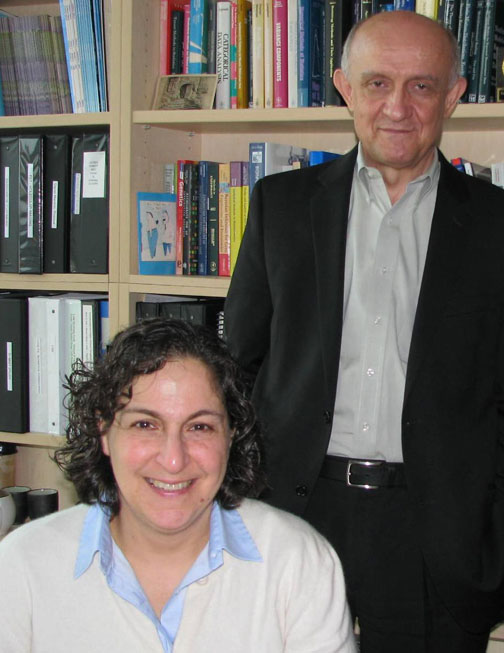PROVIDENCE, R.I. [Brown University] — Research results from the National Lung Screening Trial, published online June 29 in the New England Journal of Medicine confirm that helical low-dose CT (LDCT) scans for lung cancer reduce deaths in heavy smokers by 20 percent compared to X-ray scans, but several other key findings from the data gathered in the study, including cost-effectiveness, will be released in the next six months, said a Brown University statistician who helped lead the massive government-funded study.
“The results of the study say that the time has come for considering LDCT screening for lung cancer,” said Constantine Gatsonis, one of the two leading statisticians in the NLST and chair of biostatistics in the public health program of the Warren Alpert Medical School of Brown University. “For the first time we have a study that says, ‘Yes, you can actually reduce lung cancer mortality in heavy smokers via screening.’ This is tremendous.”

The need for further analysis is significant because screening is only one procedure in a much broader health care process, said Ilana Gareen, assistant professor of epidemiology in Brown’s Center for Statistical Sciences and a co-author of the paper. She and Gatsonis noted that LDCT scans have a high false-positive rate that can lead to follow-up screens and biopsies even when there is ultimately no cancer. After three rounds of annual screening with LDCT, for example, 39.1 percent of participants had at least one screen result that was positive for lung cancer. The vast majority of such findings were false alarms.
“The impact of LDCT screening on lung cancer mortality cannot be considered in isolation,” Gareen said. “The screening and subsequent diagnostic work-up will also impact patients’ emotional and physical health and will result in increased levels of health care utilization that may tax an already over-burdened health care system. To provide information for patients and decision makers, we are studying these downstream consequences.”
Deeper analyses underway
Researchers at Brown, Dartmouth, and the National Cancer Institute are building statistical simulation models that will allow them to predict the effects of screening in populations beyond the 53,454 people studied in the NLST, said Gatsonis, whose work in the study was conducted in association with the American College of Radiology Imaging Network (ACRIN) where Gatsonis is director of the Biostatistics and Data Management Center. The study focused on people aged 55 to 74 who smoked for at least 30 “pack years” (i.e., a pack a day for 30 years or two packs a day for 15 years).
The models may also be able to provide health officials with guidance on whether people would still benefit if they were screened every other year instead of annually.
Gatsonis’s group at Brown and ACRIN, which includes four authors of the New England Journal of Medicine paper, expects to publish analyses of three other aspects of the data over the next six months: differences in post-screening smoking behavior between patients who received X-ray and helical LDCT scans; differences in utilization of health care between the two groups; and, under the leadership of Dr. William Black at Dartmouth, the cost-effectiveness of helical LDCT scans versus X-rays.
The New England Journal of Medicine paper’s authors said the cost-effectiveness analysis is vital to formulating a recommendation for patient care or insurance reimbursement.
“Before crafting public policy recommendations, the cost-effectiveness of helical LDCT screening must be rigorously analyzed,” they wrote. “Against the reduction in lung cancer mortality, the harms from false positive screening results and over-diagnosis and costs must also be weighed.”
The study’s Brown University authors, in addition to Gatsonis and Gareen, are Amanda Adams and JoRean Sicks. The research was funded by the National Institutes of Health.

